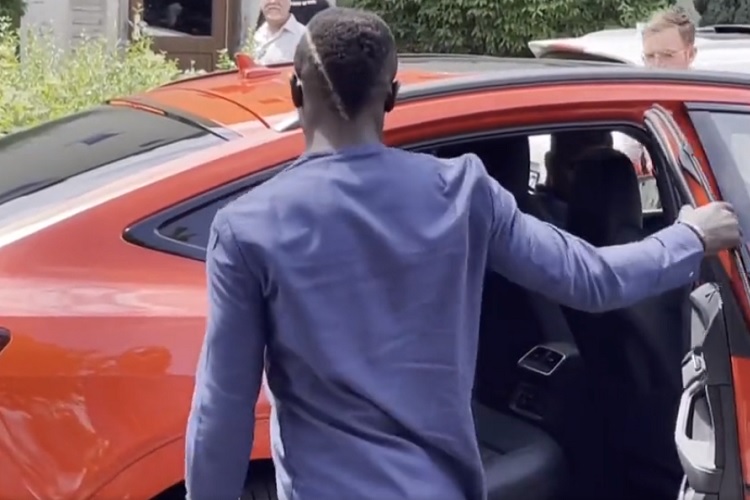The release of the Annual Status of Education Report (ASER) a fortnight ago in New Delhi seemed to harken an early arrival of spring. It took place in a conference hall by the city’s magnificent Lodhi Gardens. The staff of Pratham, the educational NGO behind the extensive survey (of the 14-18 age group this year), were mostly in radiantly colourful clothing. Pratham’s film of teenagers across the country, interviewed presumably during its survey across one or two districts in every state, was similarly upbeat. The montages of rural India were idyllic. One charismatic teenager from Bengal spoke of her desire to pursue higher studies to become independent, but underlined that she was in a race against time because her family would soon pressure her to get married. An incredibly studious teenager in Haryana, between his duties tending to the family buffalo, was articulate about how much he needed to study and how he used lessons on YouTube as free tuition. He planned to prepare for the civil service exams.The film also included an articulate youngster in rural Jharkhand talking about how he watched soap operas about lawyers and dreamt of becoming one himself.
Contrary to the grim newspaper headlines on the report’s findings, there were plenty of ‘glass half full’ slides in the power-point presentation of the 2023 survey that followed. As Rukmini Banerji, CEO of Pratham Education Foundation, pointed out, more than 10 years after the Right to Education Act was passed, elementary school-level enrolment is almost universal. Rebutting predictions of children dropping out after the pandemic struck, the report made it clear that it did not happen. But, of course, being forced to study from home led to lower levels of learning. Still, the move from elementary to secondary school (class IX onwards) is now 88% nationally. This is a remarkable milestone. As Banerji observes, “Today, more children in India have more years of schooling than ever before.” And this transition to secondary school is practically gender-neutral.
ASER last year also studied the effects of smartphone dispersal. Almost 90% of youth said they had access to a smartphone at home. The number of girls who own a smartphone is significantly lower than the boys who do, but otherwise smartphone usage and capabilities among teenagers measured by gender in rural India is not that far apart, though far from gender balanced. More than two-thirds of girls and boys in rural India in the 14-to-18 age cohort browse the net for information using smartphones, regardless of whether they own the phone or not, while upwards of three-quarters find YouTube videos easily enough. As Pratham’s co-founder Madhav Chavan asserts, entertainment is “a great motivator.” Platforms like WhatsApp and YouTube “have helped youngsters learn to use technology without a gender bias.” While it is clearly true that social hurdles remain—there is a wide proficiency gap between male and female teenagers in using Google Maps, for example—this is mostly heartening news.
In India, however, rays of hope always coexist with looming shadows. The presentation’s shift to the aggregate learning levels of our ambitious, more worldly and digitally savvy rural teenagers featured in the film was an alarming reality check. Learning levels in grade VII show little difference with those of children a couple of classes behind. Worse, as the report notes, “Levels of basic learning in standard V-VIII have not seen much improvement in the last decade. As far as basic math is concerned, a comprehensive strategy for learning improvement, starting with basic skills, is urgently needed for the upper primary grades (similar trends are visible for reading as well).” The scary statistic in the next day’s newspapers was indeed alarming: More than half the kids in class VIII cannot divide a three-digit number by a single-digit number. In 2017, 77% of children in the 14-18 age group could read a standard class II level text; by 2023, that number declined to 74%. What this also shows is that while dispersal of smartphones may help broaden life skills like setting an alarm or finding one’s way around a city, it is not doing very much for classroom learning.
Or at least not yet. While it is easy to dismiss the need for simple division when every smartphone has a calculator, basic problem solving in many aspects of life does require such foundational skills. Many kids struggled to calculate length on a measuring scale when the marker for the beginning point was moved further down the ruler. Many in the commerce stream could not calculate the relative merits of loans hypothetically offered by banks with differing interest rates. Many could be left at the mercy of tele-callers offering “interest-free” loans till usurious rates kick in.
There is a lot of naivete in glib discussions about Digital India leaping ahead, but education is an area where social entrepreneurs who harness technology enablers could bring about improvement. We would still need much better teaching in government schools, though. In Invisible China: How the Urban-Rural Divide Threatens China’s Rise, Natalie Hell and Scott Rozelle point out that only 30% of Chinese had high school or higher education (2015 census). These numbers put China behind all other large middle-income countries, including South Africa. Their research team found that half of rural Chinese children, victims of undernourishment and worm infections, were unlikely to get far academically. You won’t hear this at Davos-style conclaves, but China and India still have a long way to go.
















